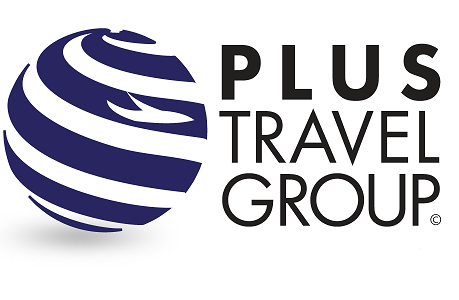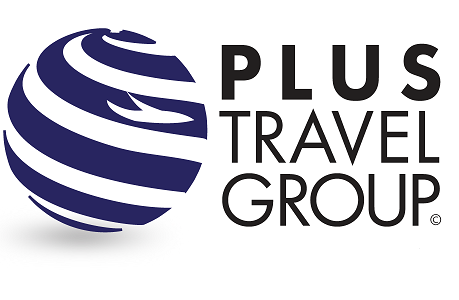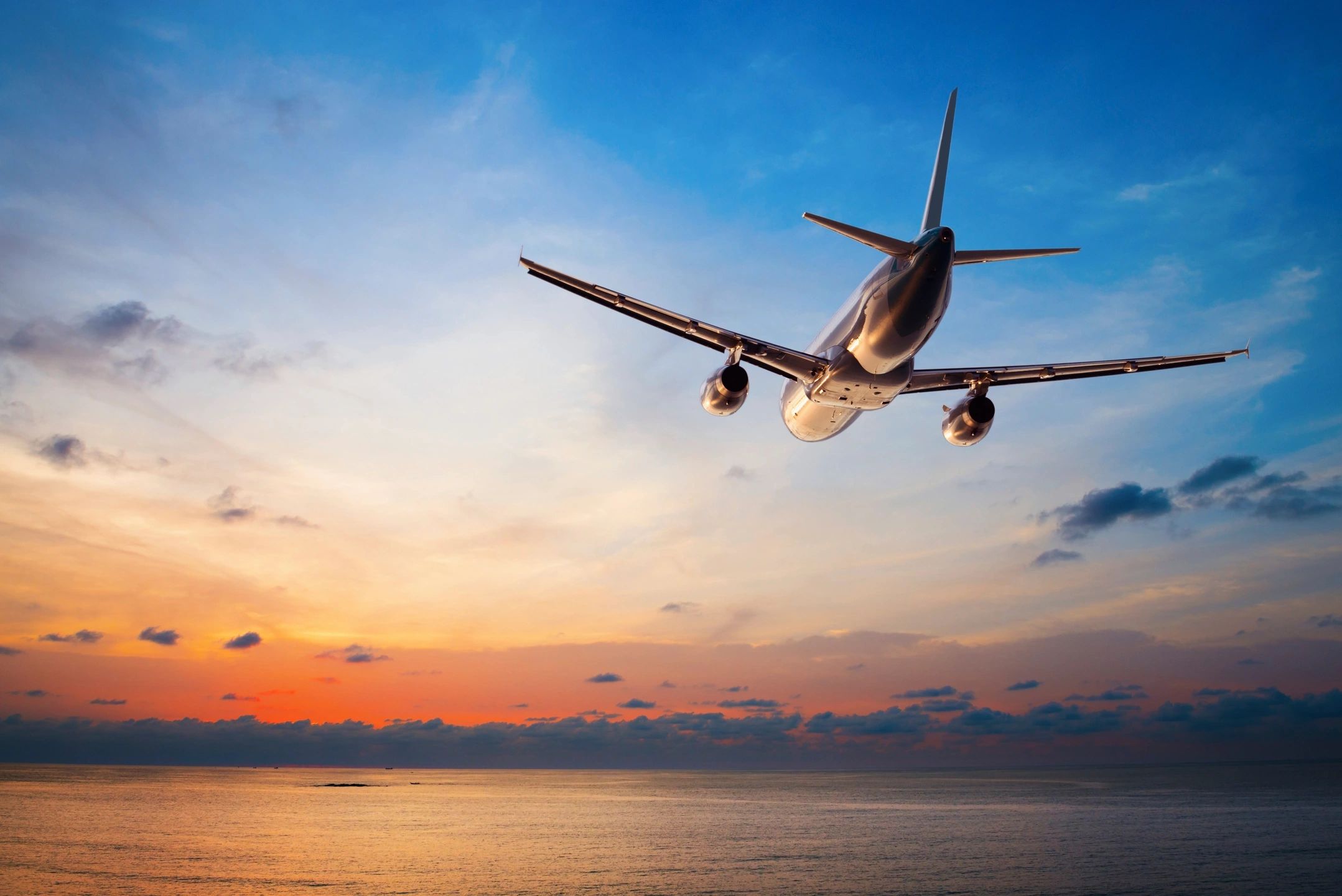As travel continues to grow, sustainable travel is once again top of mind. Developing a sustainable travel program is certainly a worthy goal now more than ever! It involves a combination of 4 key measures within the organization and with various stakeholders.
Travel decisions
Travel decisions are key to the success of any sustainable travel program. Travellers need to first consider the need to travel. If they do travel, they then need to seek lower carbon options. Travel decisions are of course guided by travel policy. Travel policy needs to incorporate sustainable travel decisions and goals. Travellers can then readily select and support sustainable and compatible travel options.
Emissions tracking
You can’t track what you don’t measure. Measuring and tracking emissions from your travel program is fundamental to understanding where you are now and where you want to go. Travel emissions can be tracked based on post-travel data reports and more accurate emissions data (e.g. for air travel, taking into account the type of aircraft, anticipated load factor, etc.). Internal reduction targets need to be based on accurate data to be meaningful. Be sure to track your overall progress and results, then show travelers how their choices make a real difference to both your company and the planet.
Supplier engagement
You want to engage with your suppliers. If they’re embracing earth-friendly practices, it’s easier for you to enforce the same. Because when travellers’ choices are weighted with eco-conscious airlines, hotels, etc., picking them becomes the default position. Suppliers need to be spelled out in your travel policy and enforced at the point of booking with your TMC. When sourcing suppliers, ask sustainability questions and introduce sustainability clauses into contracts. The right suppliers make it easier to make the right choice.
Decarbonization
“Net Zero” carbon emission status by 2050 is the goal of the 2015 Paris Accord. Simply put, net zero is achieved when the amount of greenhouse gas emissions is offset by the amount of carbon removed from the atmosphere. There are two aspects to decarbonization. The first entails reducing the greenhouse gas emissions produced by fossil fuels. The second requires absorbing carbon from the atmosphere by capturing emissions and enhancing carbon storage in agricultural lands and forests.
Sustainable Aviation Fuel (SAF) is one way to reduce emissions. And it’s getting easier to support and fly with an airline that uses SAF. Air Canada has started to use SAF, as have several other airlines.
Carbon offset programs allow individuals or companies to invest in carbon offset projects, locally or internationally, to reduce their carbon footprint. Verified carbon reduction projects typically include renewable energy (hydro, wind), and forestry. One of the best-ranked carbon offset programs is Sustainable Travel International, with verified carbon offsets to compensate for the estimated greenhouse gas emissions associated with travel.
Summary
When it comes to corporate travel, sustainability is finally taking off. Airlines are increasingly using sustainable aviation fuel. Travelers are clustering meetings and travelling smarter. Businesses are revising policies that make sustainable choices the best choice. As you rebuild your travel program, it’s time to build in sustainability and do your part to help the planet. Let us help! Plus Travel Group can assist in developing a sustainable travel program with all of the above. Contact us to get started!


